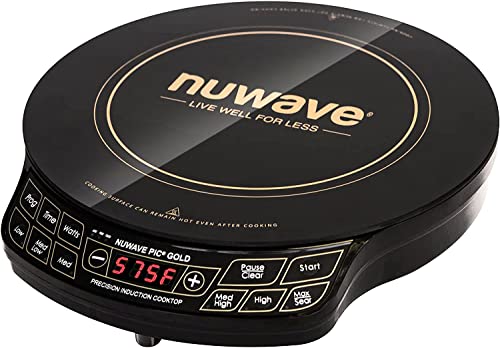Kevin H
Well-known member
I see a lot of videos where folks are filling gaps and supports with Great Foam. They also GF around the poly-iso foam to seal as well as anchor it.
My understanding is that Great Foam is open cell foam. That means it can absorb water. Closed cell foam does not. Has anyone used a polyurethane closed cell foam for the same purpose? If so, what did you experience odor/vapor wise? How did it work out overall? What brand did you use?
Getting ready for insulation and suffering from analysis paralysis. Still have not made up my mind between poly-iso or Thinsulate - but let's not go there right now
My understanding is that Great Foam is open cell foam. That means it can absorb water. Closed cell foam does not. Has anyone used a polyurethane closed cell foam for the same purpose? If so, what did you experience odor/vapor wise? How did it work out overall? What brand did you use?
Getting ready for insulation and suffering from analysis paralysis. Still have not made up my mind between poly-iso or Thinsulate - but let's not go there right now









































































